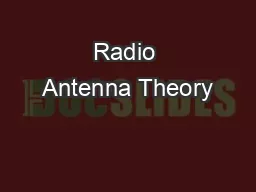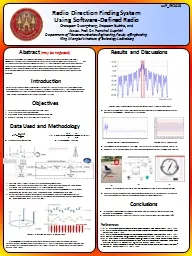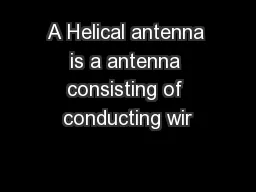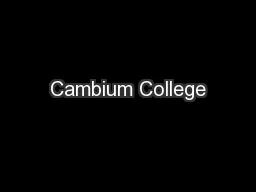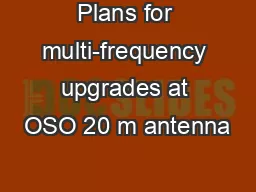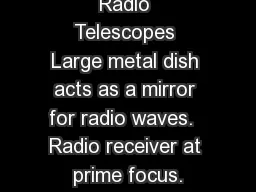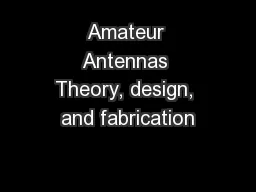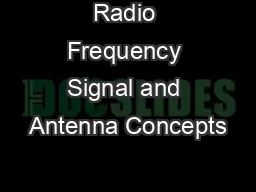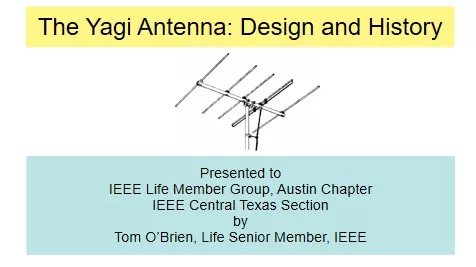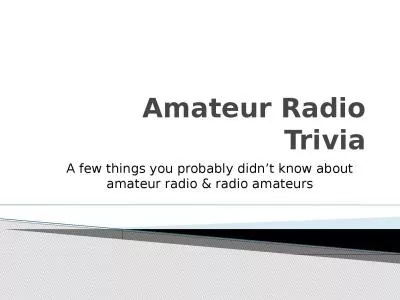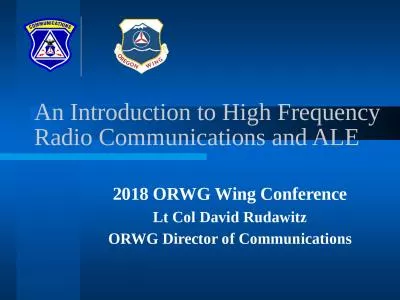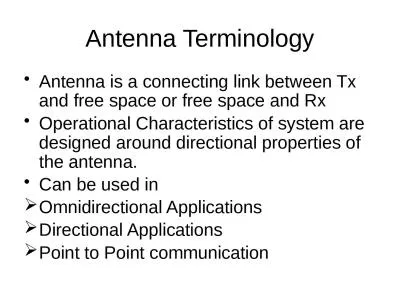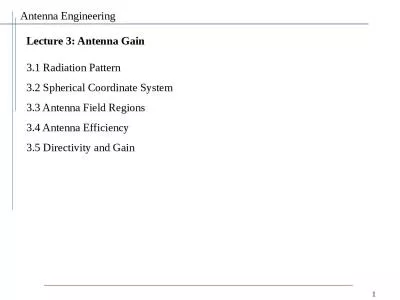PPT-Radio Antenna Theory
Author : liane-varnes | Published Date : 2015-11-30
John DaKahuna Fulmer WT6M Learning Objectives Antennas Definition Antenna Systems How Antennas Work Polarization Radio Frequency SWRVSWR Real Antenna Systems Learning
Presentation Embed Code
Download Presentation
Download Presentation The PPT/PDF document "Radio Antenna Theory" is the property of its rightful owner. Permission is granted to download and print the materials on this website for personal, non-commercial use only, and to display it on your personal computer provided you do not modify the materials and that you retain all copyright notices contained in the materials. By downloading content from our website, you accept the terms of this agreement.
Radio Antenna Theory: Transcript
Download Rules Of Document
"Radio Antenna Theory"The content belongs to its owner. You may download and print it for personal use, without modification, and keep all copyright notices. By downloading, you agree to these terms.
Related Documents

